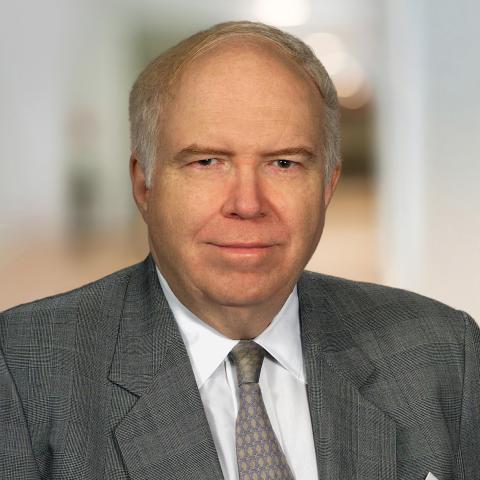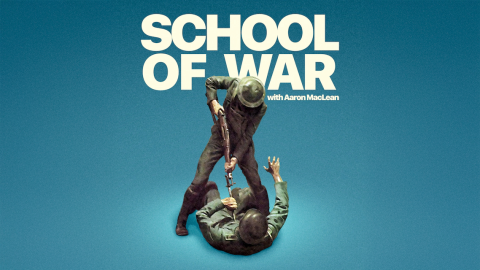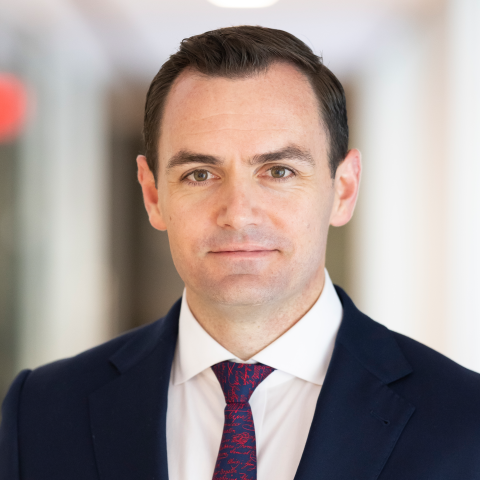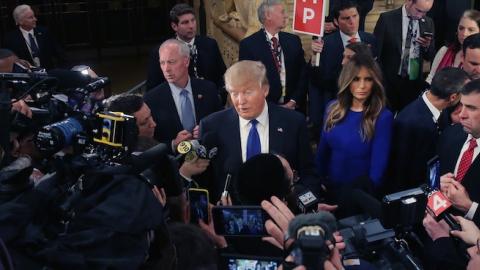Speaking to a group of media investors in February, Leslie Moonves, CEO and president of CBS, had this to say about Donald Trump’s style of campaigning: “It may not be good for America, but it’s damn good for CBS…. The money’s rolling in and…this is going to be a very good year for us…. It’s a terrible thing to say, but bring it on, Donald!” More candid than some of his peers, Moonves expressed hope that this “circus” full of “bomb throwing” would not stop any time soon.
A more suitable emotion than hope would be dread. There has always been a circus-like aspect to American politics, which Americans have tolerated, even celebrated, as evidence of our thriving democracy. But for almost two centuries, the circus was accompanied by serious reporting about candidates’ policy views, governing philosophies, and qualities of character.
Serious political reporting has never been profitable. But the major newspapers have always provided it, for three reasons: Their freedom to do so is protected by the First Amendment; it is part of their tradition; and until recently, they had other revenue streams to support it. (Such cross-funding is common among institutions that serve the public; for example, hospitals often fund money-losing departments like psychiatry from money-making ones like surgery.)
The broadcast media are different from newspapers. First of all, they did not start out with First Amendment protection. When commercial radio first appeared in the 1920s, it was a free-for-all, not unlike the early Internet. In 1934 the Federal Communications Commission (FCC) was established, and ever since then, every commercial radio and later television station carried serious political reporting because if they did not, the FCC would take away their license.
Through this blend of tradition, cross-funding, and regulation, the “old media” managed to provide a public forum that, for all its limitations, was serious enough to attract elites while also being accessible enough to reach the broader public. Today that public forum is greatly diminished. The “new media” have brought plummeting newspaper readership, reduced government regulation of broadcast media, and the free-for-all of the Internet. The new media have also opened a gulf between an older generation that still accesses political news from newspapers and broadcast media, and a younger one that does so via social media.
This generational gulf gets plenty of attention. But politically, it may be less important than another gulf that has opened in the same new media landscape—between the upscale few, who know how to access and digest serious political reporting in quality newspapers, websites, and opinion journals; and the downscale many, who for lack of discernment (and, too often, literacy) end up with the circus of tabloids, radio talk shows, sensationalist cable television, and countless inflammatory websites. The circus may be more entertaining, but it is also shriller, nastier, and less respectful of truth.
If you are an upscale news-seeker, then you may not be fully aware of this second gulf. And why should you be? It is time-consuming enough just to keep up with all the serious reporting and commentary that has been done on this election.
For example, the upscale media have done a pretty good job of explaining the legitimate reasons for Trump’s rise—especially his focus on issues that both political parties have cravenly sought to ignore: uncontrolled immigration; the massive shift of jobs overseas; heavy-handed enforcement of “diversity” in education and the workplace; and fears that the American Dream no longer exists outside of leafy suburbs and tony urban neighborhoods.
A few serious journalists have even tried to fathom the anger Trump channels so well—that of struggling white Americans who feel patronized by elites, not to mention unfairly accused of sexism, racism, nativism, and every other politically incorrect “ism.” And despite their persistent liberal bias, the upscale media have not failed to cover Hillary Clinton’s “extremely careless” (if not “grossly negligent”) handling of classified material while Secretary of State.
Still, the bulk of this serious coverage just isn’t being read widely beyond the upscale side of this gulf. (This is true of both older and younger generations.) Meanwhile, on the downscale side, the many suffer a poverty of serious political reporting, because the media that cater to them are driven solely by profit and unconstrained by either tradition or regulation.
Who is to blame? As with most problems facing our society, there is both a blue-state and a red-state explanation. The blue narrative points to corporate greed gone wild, the red one to liberal bias carried to extremes. But there is actually plenty of blame to go around. Over the past half-century, both the liberationist Left and the libertarian Right have conspired to remove every constraint on radio and television, from content to licensing to ownership.
Regarding content, leftist countercultural icons like the comedian George Carlin in the 1970s roundly mocked the FCC’s standards of decency. Then in 1978 the Supreme Court decision, Federal Communications Commission v. Pacifica Foundation, weakened the FCC’s ability to enforce standards. It still enforces some standards, which is why you won’t hear Carlin’s “filthy words” on CBS. But this probity is hard to detect amid the rampant profanity of never-regulated “subscription” media like cable television and satellite radio.
If the Left loosened the reins on content, the Right did the same for licensing and ownership. Before the 1980s, broadcasters seeking renewal of their licenses were required to submit evidence that they were providing enough news and information to “serve community needs.” That requirement was ended by the Reagan-era FCC, which argued that, given the growing number of broadcast and subscription outlets, the best way to serve community needs was through competition. In 1987 the FCC made a similar case for its repeal of the Fairness Doctrine, which obligated broadcasters to devote a certain amount of airtime to controversial public affairs and to do so in a way that included contrasting views. It’s no accident that Rush Limbaugh took to the airwaves the following year.
The third major constraint, on ownership of radio and TV stations, was lifted amid the free-market euphoria of the 1990s. Historically, a given media company could own only one AM and one FM station per market. In 1992 the number rose to two, and under the 1996 Telecommunications Act it rose again to eight in major markets and five in all other markets—with no nationwide limit.
If it seems contradictory to repeal the Fairness Doctrine because you think free-market competition will foster diversity of viewpoints and then to allow the nation’s media markets to be dominated by a few giant companies. But that is what the FCC did. And at the time, both Left and Right looked through their rose-colored glasses and predicted that unfettered media freedom would bring greater competition, greater diversity, greater excellence overall.
A similar utopianism has greeted the digital age. For the past few election cycles, Americans across the ideological spectrum have been predicting that the Internet and social media will create a new public forum that is livelier and more accessible than the old one.
A more accurate prediction would have echoed Dickens: the best of media for the few, the worst of media for the many. Instead of a new public forum, what we’re seeing this election season is an unholy alliance between commercial radio and television on the one hand, and commercial social media on the other. Rather than one replacing the other, they are joining forces to make sure every gaffe, gripe, insult, lie, and shoving match goes viral and stays viral. The chief beneficiary of this circus is not the most qualified candidate or even the best debater. It is the biggest grabber of eyeballs. And we all know who that is.

















